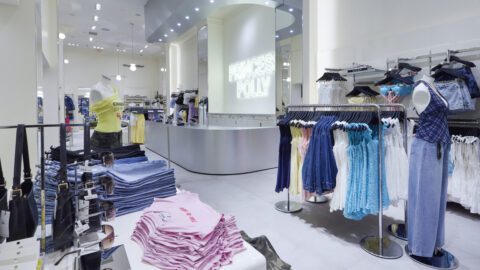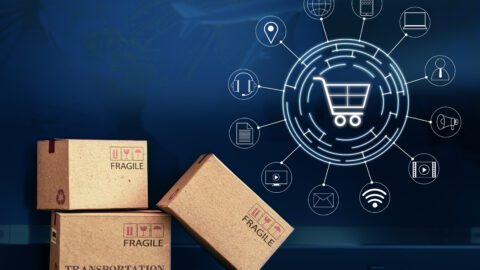Consumers are apparently not all that eager to talk with call center agents. Those with a question or issue will make multiple efforts to get a satisfactory answer from other sources before picking up the phone. But that’s only part of the problem: there is a big disconnect between the consumer and the customer call center in terms of how easily shopper issues are rectified during the support process. While consumers report that it takes as many as six different interactions to resolve an issue, contact center managers believe it takes only one to two touch points, according to a survey from Ovum and BoldChat by LogMeIn.
In fact, because of this disconnect:
-
86% of consumers have reported using more than five support channels in the past;
-
43% of consumers noted that they believe access to agents has worsened over the last two years; and
Advertisement
-
50% cite frustration with automated response systems.
As many as 68% of these consumers still believe that phone calls provide the most success for resolution, but 78% would prefer to choose a channel other than voice if they knew they could get a resolution on the first attempt.
“There’s a high desire for the consumer in today’s world, just based off of the way they’re oriented and geared, to get access to information instantaneously,” said Dave Campbell, VP of Product Marketing at LogMeIn. “They’re making multiple attempts to try to get the answer to their question resolved before they even pick up that phone, which then leads into that ongoing frustration by the time they get to the interactive voice response (IVR).”
Retailers certainly should take note of this discrepancy; 82% of consumers report that they will stop doing business with a company following a bad experience.
Consumers’ preference for quick resolutions means retailers may want to start investing in more interactive areas online; 60% of consumers reported wanting organizations to improve access to web support channels, including social media, communities and live chat.
To conduct the study, Ovum surveyed 400 customers as well as 300 contact center managers across North America, Europe, Australia and New Zealand in April and May 2016.
Contact Centers Lack Technology, CX Knowledge
This disconnect can be largely attributed to call centers’ lack of digital savvy. Although 72% of consumers search for information online before contacting an agent, 52% of contact center managers surveyed do not track digital behavior.
Contact centers are aware that there are limitations to their abilities, with many of them placing the blame on the technology they use. Up to 43% of customer contact center managers say limited budgets to invest in technology hinder their success, while 47% say this outdated technology is their biggest challenge.
“It’s not just the technology itself,” Campbell said in an interview with Retail TouchPoints. “It’s understanding the technology in line with the customer experience, and being able to build and implement technology to create great interactions to where the customer is. In doing so, you can often start to achieve some amazing results.”
Campbell encouraged contact centers to gain a greater understanding of the customer experience, but they are in a race with consumer expectations. Mobile’s rise has played a major part in increasing the discrepancies between both sides, because the devices have made consumers expect a one-click experience.
Consumers are much more apt to use mobile devices then they were even two years ago: 83% of participating consumers reported using mobile applications for customer support, and 64% reported using mobile web sites, up from 64% and 57% respectively since 2014. With this added channel, retailers now must face the reality that consumers will engage with them via whichever device is most convenient to them at any given time.
“Brands really need to think about how to help move consumers along the process, and not try to push them off into other channels or deflect channels necessarily,” Campbell stated. “An organization needs to think of ways to tailor an experience along the full spectrum. There’s a need for everything from low-cost self-service all the way through to high touch, white glove service, where you answer the needs of highly demanding consumers. Deliver in a way that isn’t just being there, but is personalized for the consumer and provides contextual data to the call center, so that they understand more efficiently what the problem is and who they’re dealing with.”















